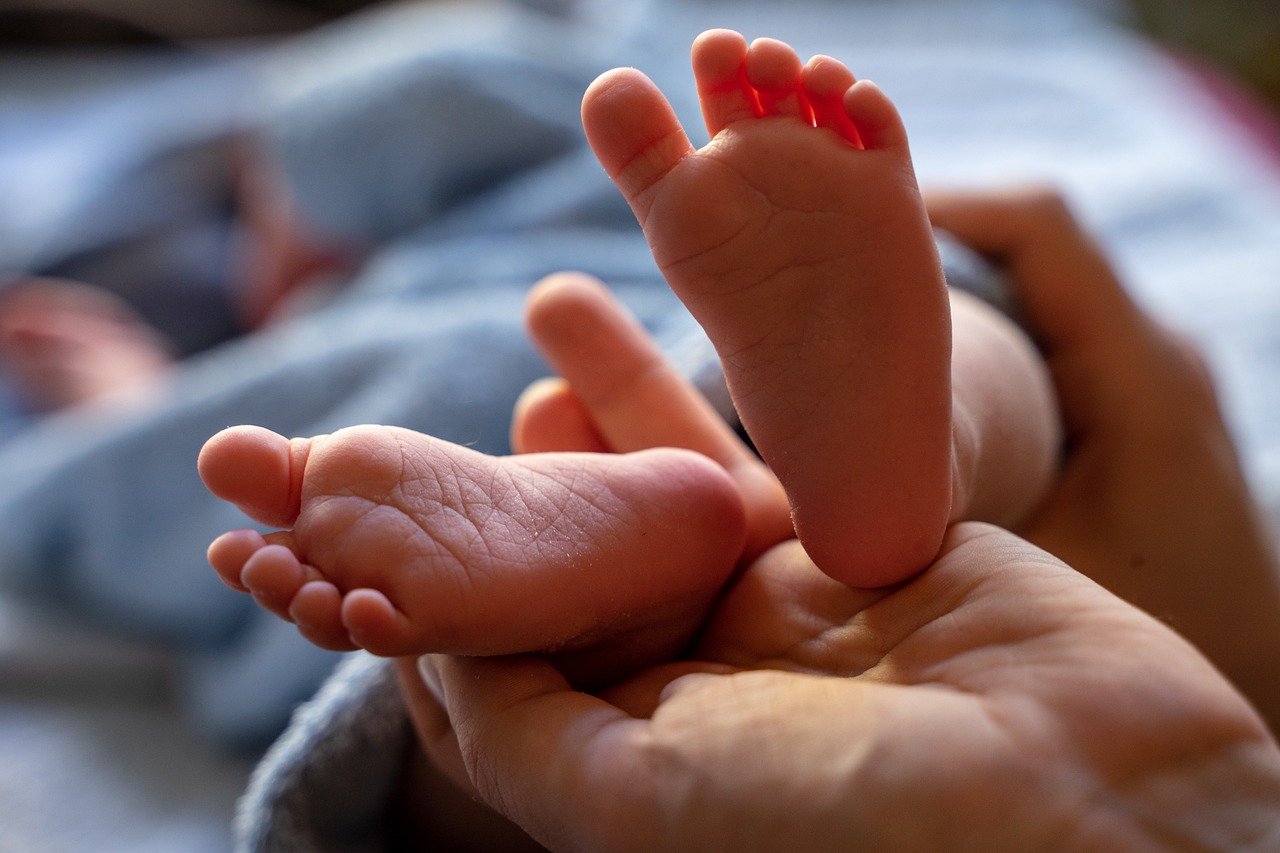How to Shrink Bunions Naturally?
Bunions, also known scientifically as hallux valgus, is a deformity of the feet where the joint connecting the big toe to the foot protrudes outwards. Common causes of bunions include tight shoes, high-heeled shoes, family history, and rheumatoid arthritis. The condition occurs more often in women and can lead to significant pain when walking.
Treating bunions can be challenging. Most treatments involve changing footwear, taking pain medications like acetaminophen or ibuprofen, and using orthotics to protect and pad the joint. Such treatments do not correct the underlying deformity, however. Indeed, if the discomfort persists or the deformity continues, surgical correction may be necessary.
Little wonder that so many of our patients ask us about how to shrink bunions naturally. Most people afflicted with bunions are desperate to get rid of them. Luckily, some effective and practical techniques can shrink bunions naturally. That's what we're exploring below.
What is a bunion?
The bump or protrusion on the side of the feet occurs when the big toe bones bend inwards. The greater the deviation, the more severe the bunion is. In addition to this deformity in the metatarsophalangeal joint (MTP), there is also significant swelling – causing further discomfort.
Symptoms of bunions
Like any deformity, bunions are deeply uncomfortable. Not only does the protrusion cause pain, but it can also rub against footwear, causing further discomfort.
Here are some common symptoms of bunions:
Swollen lump on the outer edge of the big toe
Mild to severe pain or discomfort
Rigid or limited flexibility in the affected toe
A thick layer of skin surrounding the big toe
Redness, swelling, and soreness around the affected joint
How to shrink bunions naturally
Walk barefooted
Despite the fact we do it every day, humans aren't supposed to wear shoes. In fact, they're believed to be a key factor in bunion formation. It makes sense, therefore, that walking barefoot on level ground can help the joint slowly regain its shape.
Better still, walking barefoot helps strengthen your foot muscles, further supporting the joint. You should avoid walking barefoot on rough ground, however, as that can exacerbate your pain.
Use wide-fitting, cushioned footwear
Continuing to wear tight-fitting shoes will squeeze the toes together, further encouraging the big toe to deviate. The obvious solution is to choose a comfortable cushioned trainer. Not only do they provide optimal space for your toes to spread when walking or standing, but they also absorb the impact and vibration from the ground.
Running shoes are usually the best choice. Alongside other exercises and tips, they'll help the affected joint return to its normal position.
Apply pepper and anti-inflammatory foods
Rubbing red chilis into your foot might sound a little odd, but it works for many people. Red chilis are a potent anti-inflammatory. We advise chopping the pepper and squeezing the juice. Apply alongside Vaseline for around 15 minutes for deep penetration. Alternatively, mix the pepper with olive oil and massage the oil into the affected area.
You should not feel any significant burning sensation. Eating anti-inflammatory foods can also help.
Practice foot strengthening exercises
Walking barefoot isn't the only way to strengthen your foot muscles. There are several key exercises you may want to try. Because the peroneal longus muscle attaches to the base of your big toe, strengthening this muscle can help reduce the bump and shrink your bunion size. It'll also strengthen the arch of your foot, preventing excess pronation that causes bunion formation.
You'll need a resistant band and the edge of a step:
First exercise – peroneal longus:
Sit down and place both feet flat on the floor
Place the band around the arch of each foot.
Turn the affected foot outwards against resistance.
Return back to normal position.
Complete the exercise 15 times. Perform 3 sets daily.
Second exercise – soleus:
Stand with a foot on the edge of a step.
Bend the knee of your foot.
Maintain the knee bend as you lift your heel as high as possible.
Return to the starting position and do the same on the other side.
Complete 25 repetitions per set. Perform 3 sets daily.
Wear bunion correctors and bunion socks
Bunion correctors are a type of sleeve with a gel pad cushioning the big toe. These correctors are designed to reduce pain levels, provide maximum support, and offload the painful joint.
Bunion socks, meanwhile, have a separate cushioned compartment for the big toe to reduce blistering, friction, and soreness. Wearing these socks will help support the bunion if you work to reduce the deviation through exercises.



